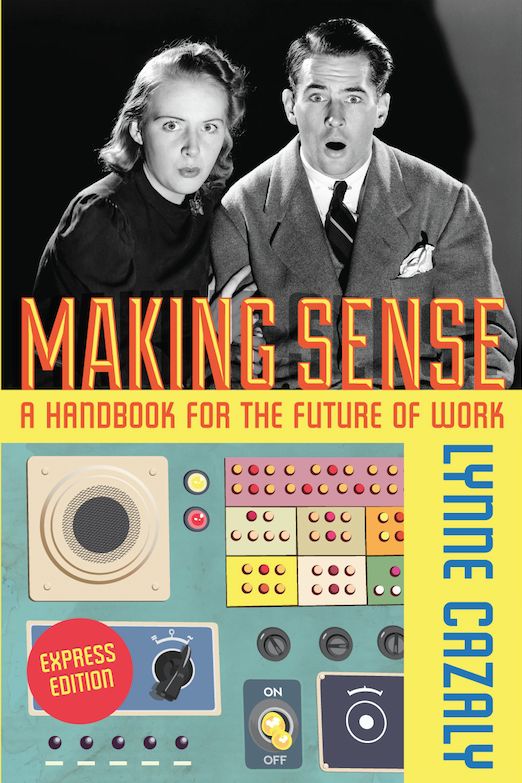What sensemaking is and why we need it
 Wednesday, December 18, 2019 at 10:14AM
Wednesday, December 18, 2019 at 10:14AM  When the Institute for the Future said sensemaking was something we'd need for 2020 and beyond, I'm sure many people thought 'Huh? What is that, why do I need it?'
When the Institute for the Future said sensemaking was something we'd need for 2020 and beyond, I'm sure many people thought 'Huh? What is that, why do I need it?'
We have some natural abilities to make sense yet we also need sharper skills when problem solving and dealing with complex issues and information.
I wrote a book called 'Making Sense: A Handbook for the Future of Work'. This books proposes that using visuals isn't about pretty pictures, but rather functional and practical tools that help us get to grips with information and ideas quickly.
The sooner we make sense of what's going on, the sooner we can make decisions ... and the sooner we can act.
We usually try to make sense by talking to (or at) each other. But making a 'map' is more effective.
How do you make a map? In 'Making Sense' I've provided: 40 thought starters 10 thinking tools 21 techniques 32 templates to help you make maps for sense. So when you need to make sense of things, get the book out, start mapping and sensemaking. You'll be equipped to decide and act... sooner.
Q: How do you currently make sense of things?





















